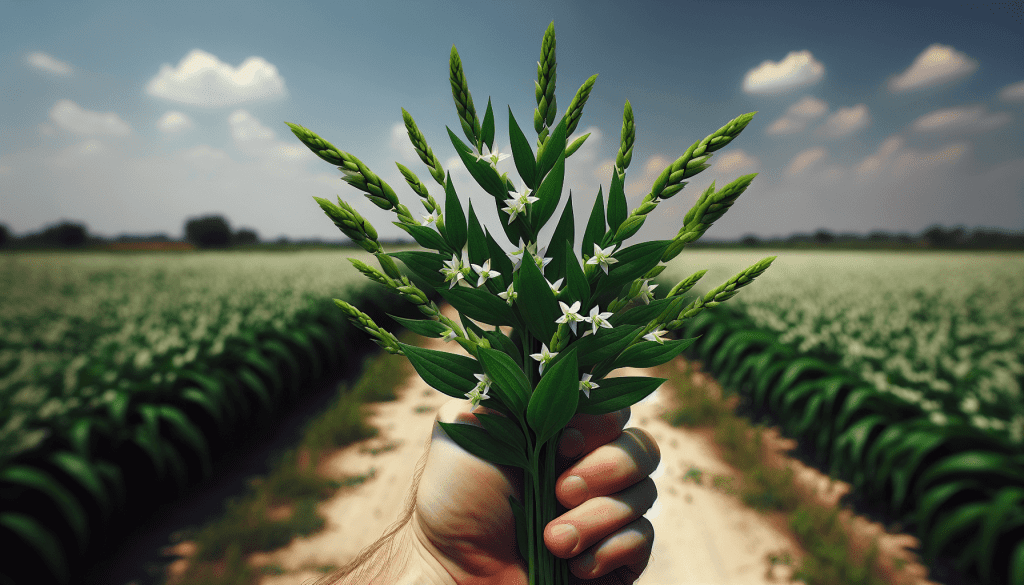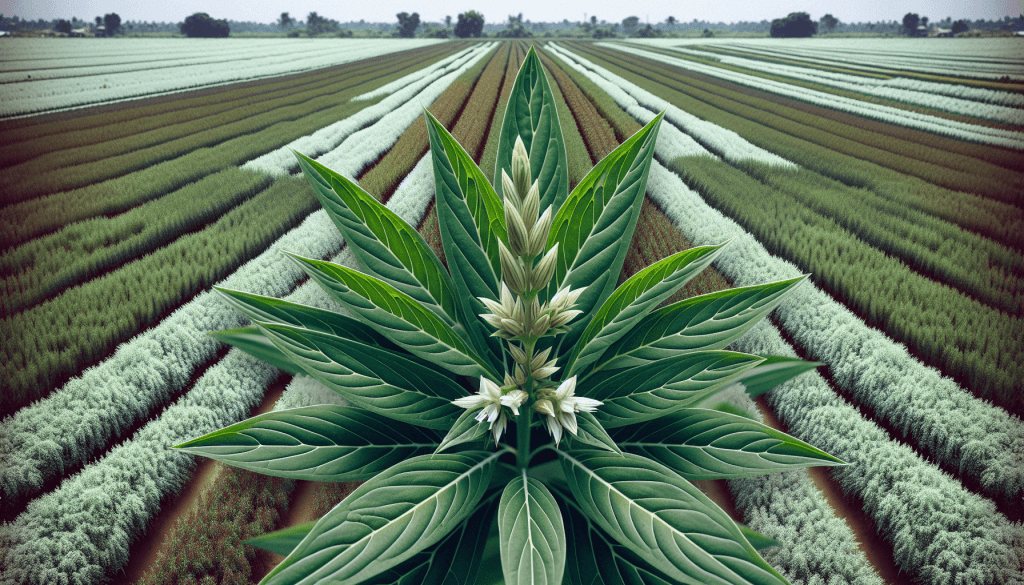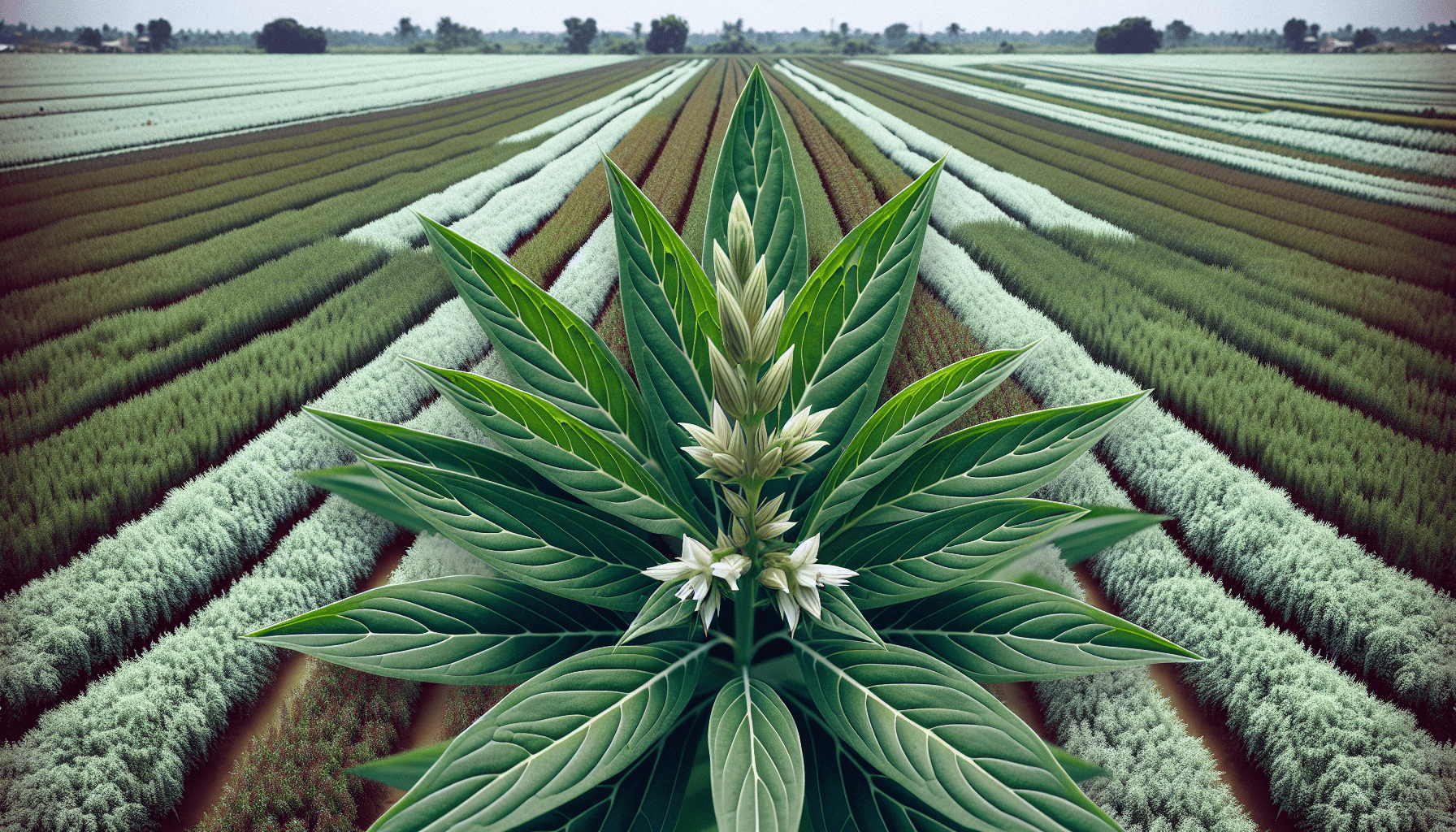Alligator weed can be a pesky intruder in your agricultural lands, but don’t worry! In “Top 10 Strategies for Managing Alligator Weed in Agricultural Lands,” you’ll discover effective methods to reclaim your fields and boost your crop health. From biological controls to innovative farming practices, this guide will equip you with the tools you need to tackle this resilient weed. Say goodbye to frustrations and hello to a more productive, alligator weed-free farm! Have you ever found yourself overwhelmed by the sight of alligator weed on your agricultural land? The robust and fast-spreading nature of this invasive plant can pose significant threats to your crops, water systems, and overall farm productivity. But don’t worry! With a solid plan and effective strategies, you can manage and even neutralize this pesky problem. Read on to discover our top 10 strategies for managing alligator weed in agricultural lands, all tailored to help you regain control of your valuable land.
Understanding Alligator Weed
What is Alligator Weed?
Alligator weed (Alternanthera philoxeroides) is a perennial herbaceous plant native to South America. The plant is known for its dense growth and ability to adapt to various environmental conditions, making it both resilient and invasive. It primarily grows in aquatic environments but can also thrive in moist, terrestrial areas, making it a threat to several agricultural ecosystems.
Why is Alligator Weed a Problem?
Alligator weed is a major problem for a few reasons. Firstly, it competes with crops for nutrients, sunlight, and space. Secondly, its dense mats can clog water systems, affecting irrigation and drainage. Lastly, it serves as a habitat for pests and can be toxic to livestock if ingested. Therefore, it’s crucial to manage this weed effectively to ensure the health and productivity of your agricultural land.

Top 10 Strategies for Managing Alligator Weed
Managing alligator weed involves a multi-faceted approach. Here are the top 10 strategies you can employ to tackle this invasive plant effectively.
1. Regular Monitoring and Early Detection
Why Monitoring Matters
Early detection is key to managing alligator weed before it becomes a severe problem. Regularly check your land, water bodies, and surrounding areas for signs of this invasive species. The sooner you detect it, the easier it will be to control.
How to Monitor Effectively
- Frequent Inspections: Conduct inspections at least once a month, focusing on moist areas, water bodies, and field margins.
- Record Keeping: Maintain a log of your findings, including the date and location of detected plants.
- Use of Technology: Consider using drones or satellite imagery for large-scale monitoring.
2. Physical Removal
Manual Removal
Hand-pulling is effective for small infestations. Ensure you remove the entire plant, including the root system, to prevent re-growth. Utilize tools like rakes and hoes to enhance efficiency.
Mechanical Removal
For larger infestations, mechanical removal using equipment like excavators or aquatic weed harvesters can be more effective. Ensure proper disposal of the removed plant material to prevent it from spreading to other areas.
3. Mulching
Advantages of Mulching
Mulching can inhibit the growth of alligator weed by blocking sunlight and minimizing soil moisture levels. It also improves soil health and provides a more suitable growing environment for your crops.
Types of Mulch
- Organic Mulch: Compost, straw, and wood chips.
- Synthetic Mulch: Plastic sheeting or landscaping fabric.
4. Herbicide Application
Selecting the Right Herbicide
Herbicides can be effective but must be used judiciously. Choose an herbicide that is specifically labeled for alligator weed control and is safe for your crops.
| Herbicide Type | Active Ingredient | Application Rate | Notes |
|---|---|---|---|
| Contact | Diquat | 1-2 pints/acre | Fast-acting but may require repeat applications |
| Systemic | Glyphosate | 2-3 quarts/acre | Effective for long-term control, especially on mature plants |
Best Practices for Herbicide Application
- Timing: Apply herbicides when the plants are actively growing.
- Weather Conditions: Avoid application during windy conditions to prevent drift.
- Protective Gear: Wear appropriate protective gear to avoid chemical exposure.
5. Biological Control
Using Natural Enemies
Biological control involves using natural enemies like insects or pathogens to manage alligator weed. This method is environmentally friendly and sustainable.
Example: Alligator Weed Flea Beetle
The alligator weed flea beetle (Agasicles hygrophila) feeds on the leaves and stems of the plant, reducing its vigor and spreading potential.
6. Water Management
Effective Drainage Systems
Improved drainage can reduce the moist conditions that alligator weed thrives in. Ensure that your irrigation and drainage systems are functioning properly.
Water-Level Management
In aquatic environments, lowering water levels can expose and desiccate the weed, making it easier to remove.
7. Crop Rotation
Benefits of Crop Rotation
Rotating crops can disrupt the growth cycle of alligator weed, making it harder for the weed to establish itself. Crop rotation also improves soil health and fertility.
Suggested Crop Rotations
- Corn-Soybean Rotation: Alternating between corn and soybean can help because different crops require different types of management and environmental conditions.
- Legume-Grain Rotation: Enhances soil nitrogen levels and disrupts weed growth cycles.
8. Cover Cropping
Advantages
Cover crops like rye, clover, and alfalfa can outcompete alligator weed for resources. These crops also improve soil health and prevent erosion.
Implementation
- Selecting Cover Crops: Choose cover crops suited to your climate and soil conditions.
- Seeding Rate: Follow recommended seeding rates for effective coverage.
- Management Practices: Incorporate cover crops into your tillage and planting schedules.
9. Integrated Pest Management (IPM)
What is IPM?
Integrated Pest Management (IPM) is a holistic approach that combines multiple strategies to manage pests, including alligator weed.
IPM Techniques
- Cultural Controls: Crop rotation, cover cropping, and mulching.
- Mechanical Controls: Manual and mechanical removal.
- Biological Controls: Using natural enemies like insects or pathogens.
- Chemical Controls: Targeted herbicide application.
10. Community Collaboration
Importance of Collaboration
Alligator weed doesn’t respect property lines, so collaborating with neighboring farms and community organizations can enhance control efforts.
How to Collaborate
- Sharing Information: Regularly exchange information about infestations and successful management strategies.
- Joint Action Plans: Develop coordinated action plans for large-scale control.
- Funding and Resources: Pool resources for mechanical removal or bulk herbicide purchases.

Final Thoughts
Managing alligator weed in agricultural lands can be a daunting task, but with these top 10 strategies, you’re well-equipped to tackle this invasive plant effectively. Remember, a multi-faceted approach combining monitoring, physical removal, mulching, herbicide application, biological control, water management, crop rotation, cover cropping, integrated pest management, and community collaboration will yield the best results.
Stay Observant and Proactive
Regular monitoring and early detection can make all the difference in keeping alligator weed under control. Stay observant and proactive, and don’t hesitate to employ multiple strategies concurrently.
Consult Experts
If you’re ever in doubt, consulting agricultural experts or local extension services can provide you with tailored advice and support.
By diligently applying these strategies, you can protect your crops, water systems, and overall farm productivity from the detrimental effects of alligator weed. Your land will thank you for it!
